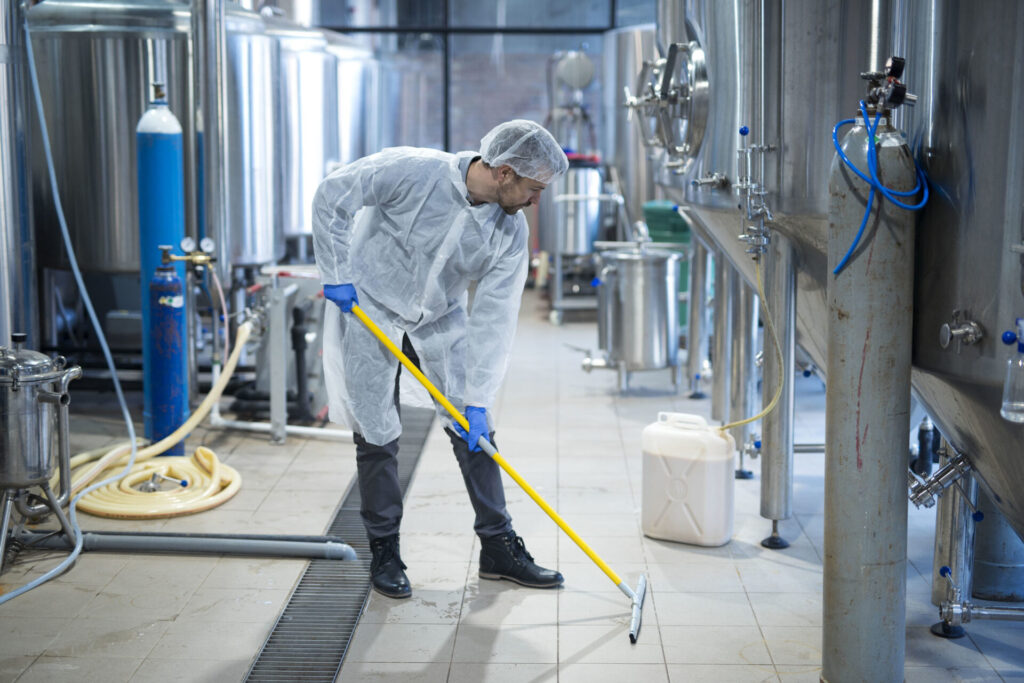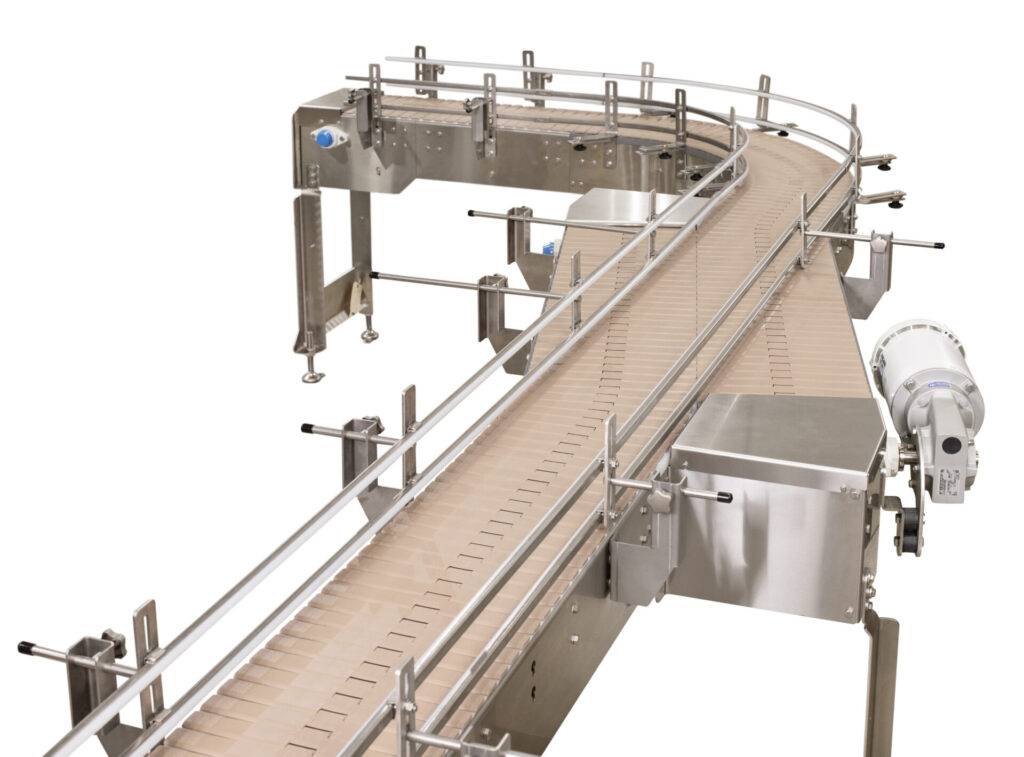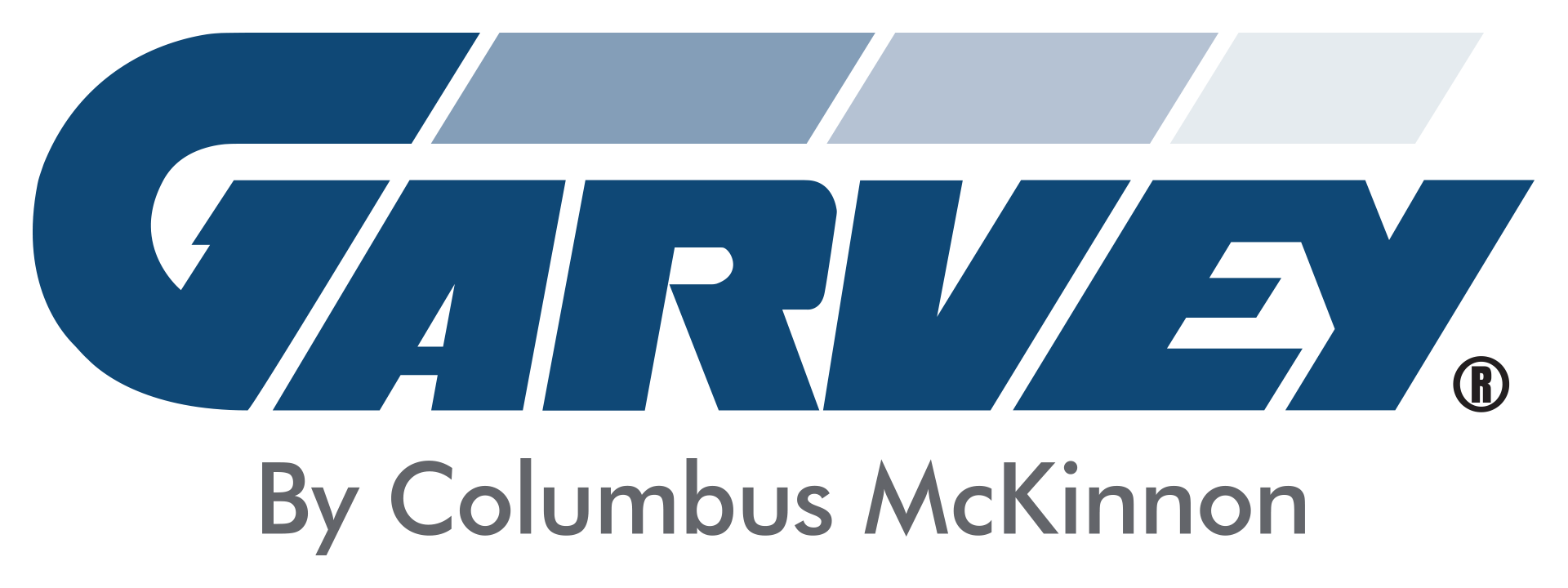The history of food production in the United States is not just a story of culinary innovation; it’s a narrative deeply intertwined with sanitation and safety. The journey from rudimentary practices to sophisticated regulations reveals the critical role of cleanliness in ensuring public health. Let’s explore the pivotal moments in this history, culminating in today’s advanced solutions that embody the lessons learned over decades.
The Pre-Regulatory Era: A Glimpse into Early Food Production Conditions
Before the advent of food safety regulations, food production plants in the United States operated with minimal oversight, leading to conditions that were often less than ideal for ensuring public health. Lack of sanitation knowledge and practices sometimes resulted in the contamination of food products, directly impacting consumer health. The Upton Sinclair novel, “The Jungle,” published in 1906, exposed unsanitary conditions in the meatpacking industry, serving as a catalyst for public outcry and the push for federal regulations.
The Birth of the FDA and Early Food Safety Regulations
In response to growing concerns about food safety, the Pure Food and Drug Act and the Meat Inspection Act were passed in 1906, laying the groundwork for federal regulation of food production. These acts marked the beginning of the Food and Drug Administration (FDA), which would become the central authority overseeing food safety in the United States. However, these initial steps were just the beginning of a long journey toward comprehensive food safety standards.
Key Regulations and Their Impact
Over the years, several outbreaks and health crises prompted further regulations. For example:
- The Botulism Outbreak of 1919, linked to improperly canned olives, underscored the need for better canning practices.
- The 1993 E. coli O157:H7 outbreak, traced back to undercooked hamburgers, led to stricter regulations on meat processing and the implementation of HACCP (Hazard Analysis Critical Control Points) principles across various food industries.
These and other incidents highlighted the importance of regulatory oversight in preventing foodborne illnesses and protecting consumer health.

Commitment to cleanliness: A worker ensures sanitation excellence in a food production facility.
Modern Standards and Technologies in Food Safety
As understanding of foodborne pathogens and contamination risks evolved, so did the technologies and standards designed to mitigate these risks. The Food Safety Modernization Act (FSMA) of 2011 represents the most significant expansion of food safety requirements and FDA powers since the original 1906 legislation. It emphasizes prevention, giving the FDA new authority to regulate how foods are grown, harvested, and processed.
The Role of Advanced Equipment in Ensuring Sanitation
Modern food production technologies, like the AquaGard GT Conveyor, are designed with sanitation at their core. Built to withstand high-pressure washdowns and made from materials that resist contamination, these conveyors exemplify the integration of lessons learned from past outbreaks into current food production practices.

Learning from the Past, Looking to the Future
The history of sanitation in food production is a testament to the food industry’s resilience and adaptability in the face of challenges. Today, companies like Garvey Corporation, in collaboration with Dorner, continue to push the boundaries of what’s possible with the AquaGard GT Conveyor, offering solutions that meet and exceed current sanitation standards. The commitment to innovation and regulation will remain crucial in addressing the challenges of tomorrow.
Are you interested in elevating your food production line’s sanitation standards? Discover how the AquaGard GT Conveyor can be a part of your solution.




